| Detailed Information | |||||
|---|---|---|---|---|---|
| Project Name | Segue | Posted in | Photography | Photographer | Bence Bakonyi |
| Year | 2013 | ||||
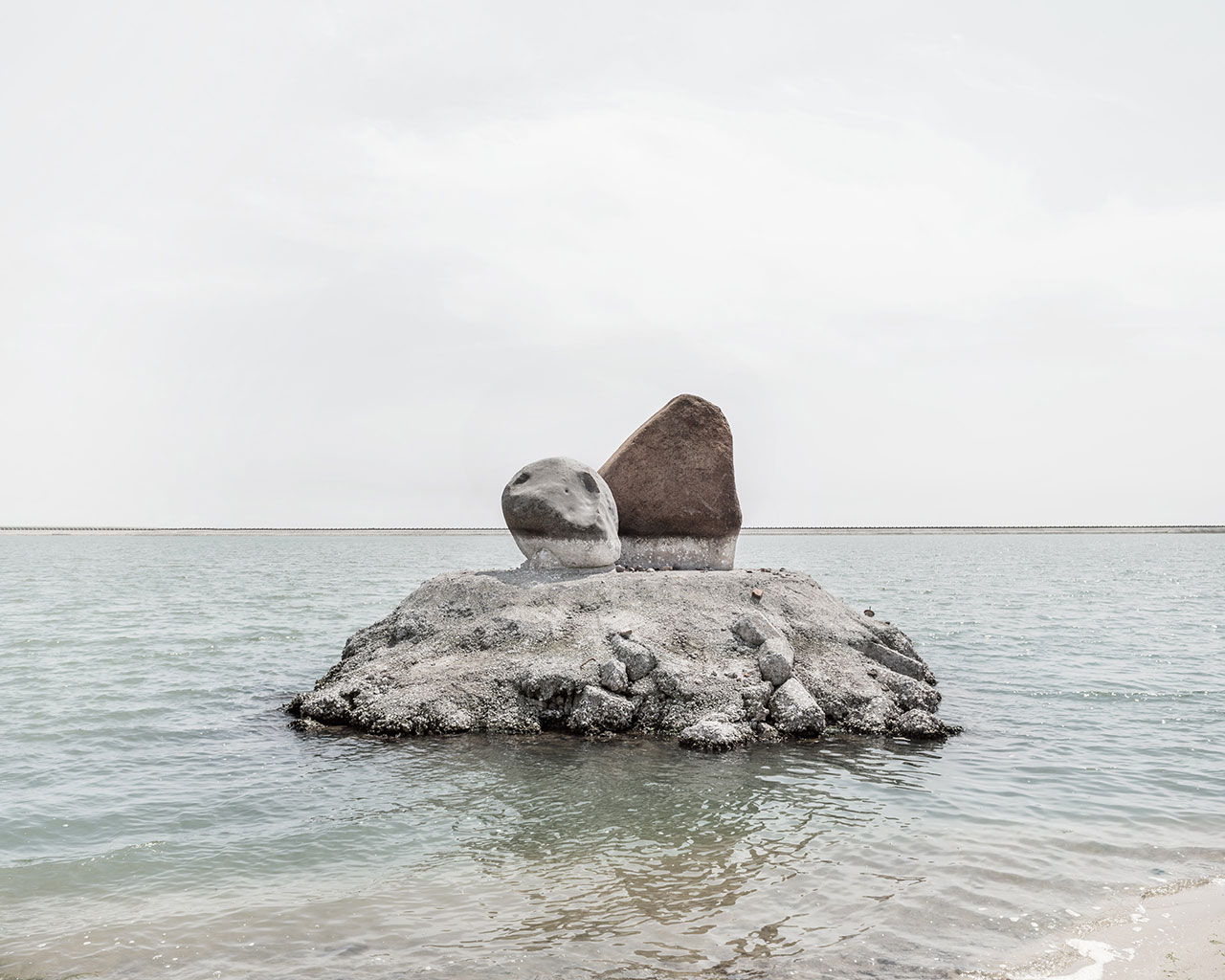
Bence Bakonyi, segue no. 1, 2013.
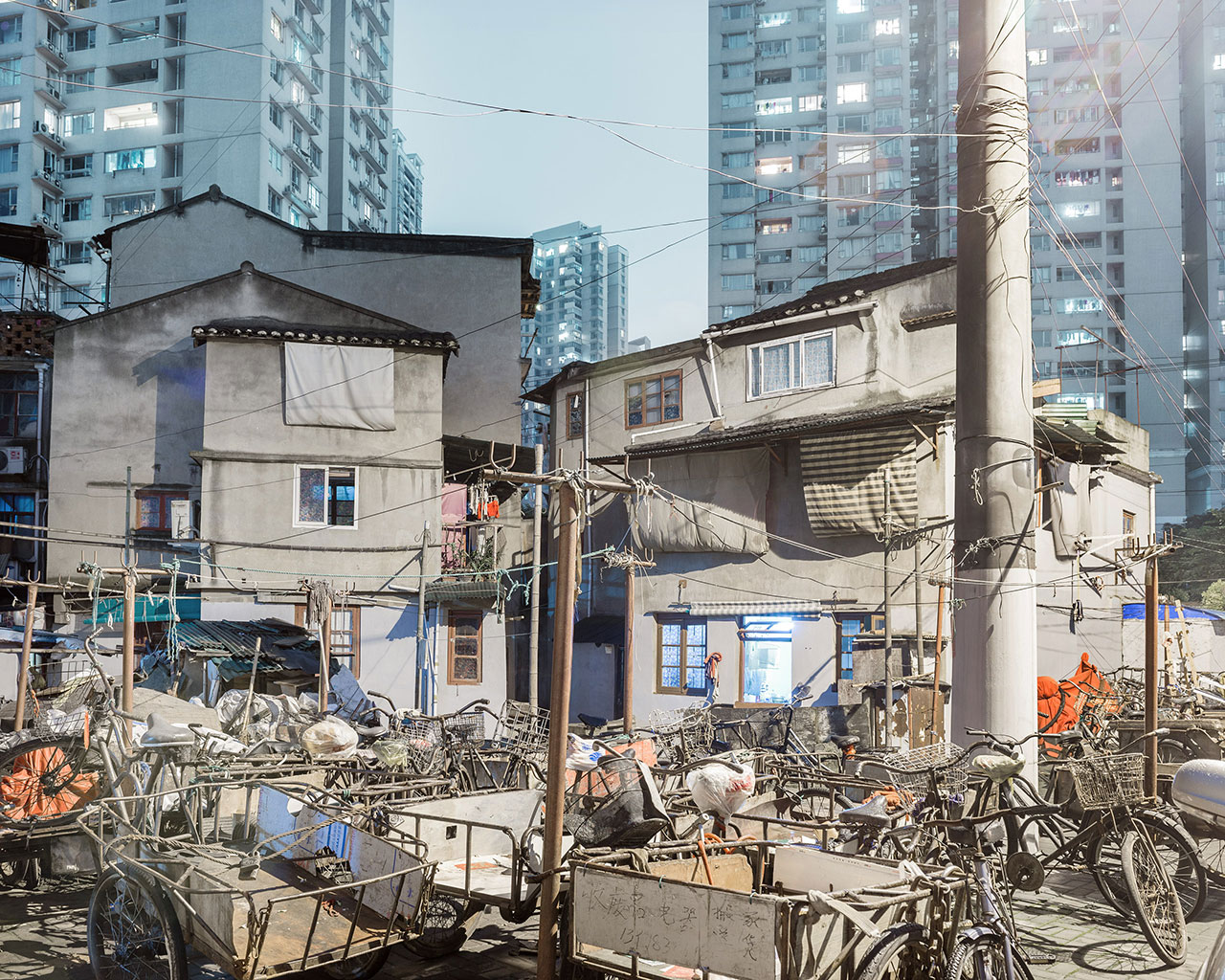
Bence Bakonyi, segue no. 15, 2013.
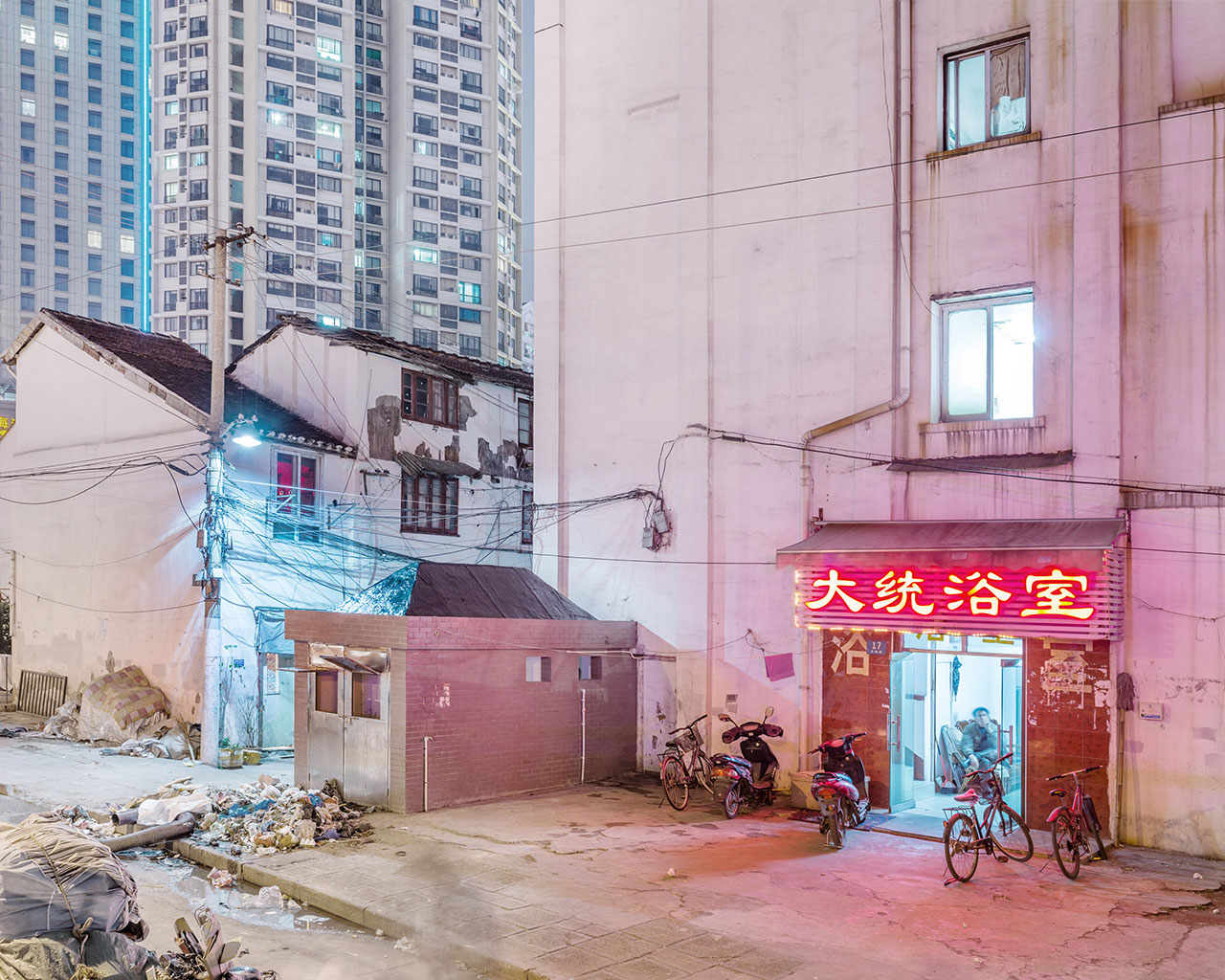
Bence Bakonyi, segue no. 18, 2013.
In this sense, Bakonyi’s naming of his work is akin to a victory lap. Indeed, the only segue is his own course through his stay, which is otherwise narrated through pictures showing a succession of barriers, which the artist had to overcome. The vast empty land; the streets without anyone crossing them; the metropolises without anyone to talk to. This photographic questioning of barriers is a running theme in Bakonyi’s work, as he explores the limits of assimilation and identity (Transform), group and individuals (Cognition), or place and context (Floating).
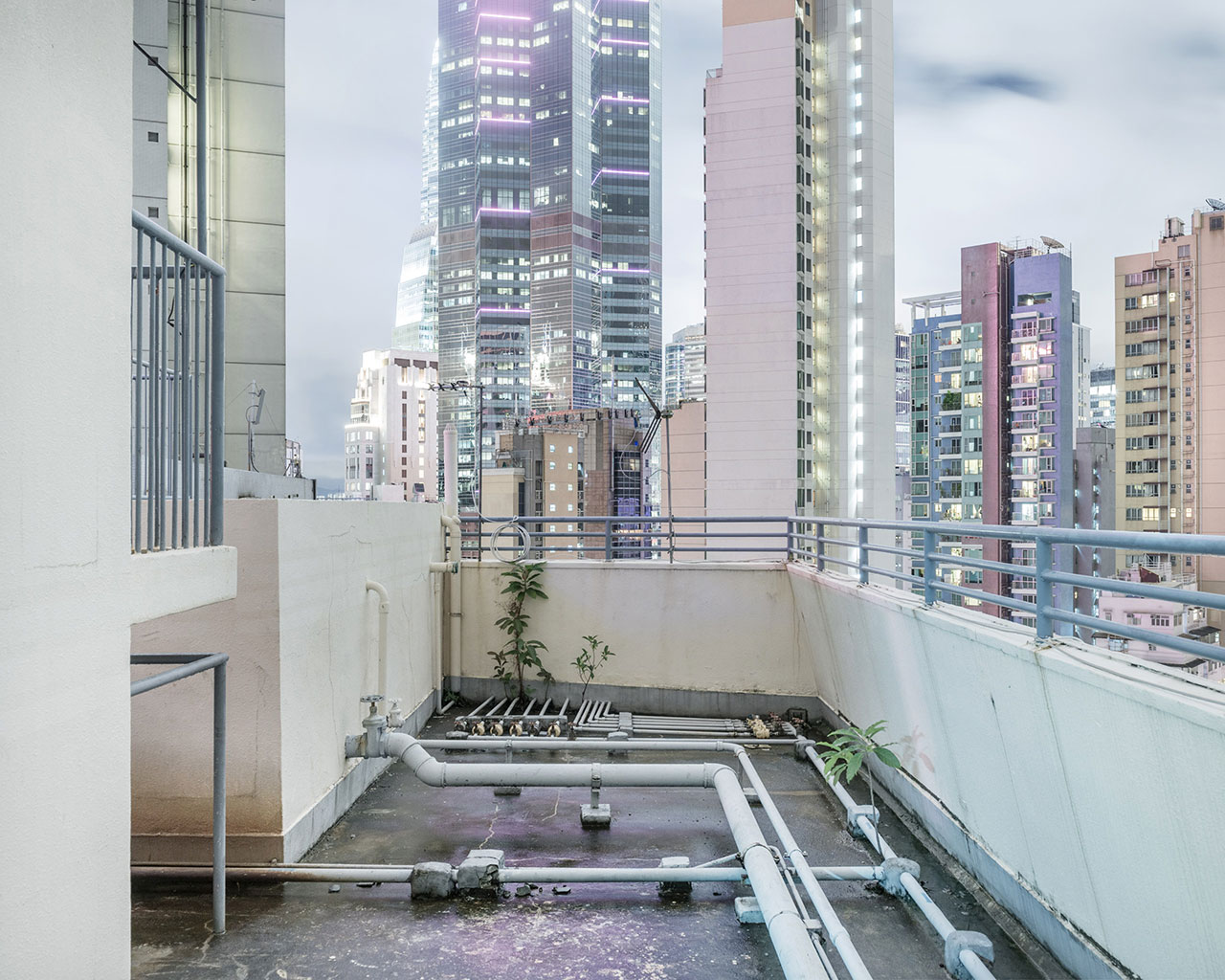
Bence Bakonyi, segue no. 22, 2013.
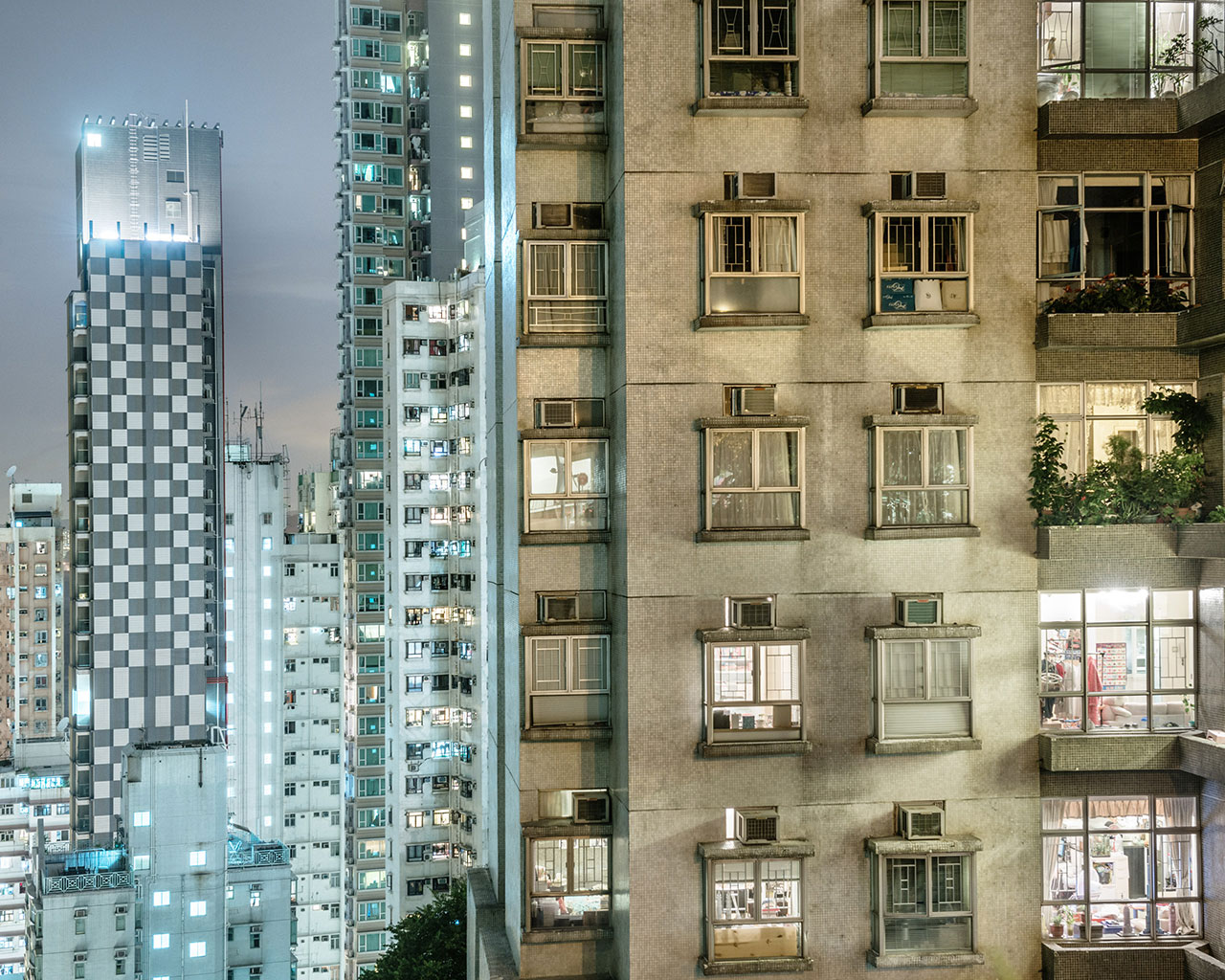
Bence Bakonyi, segue no. 25, 2013.
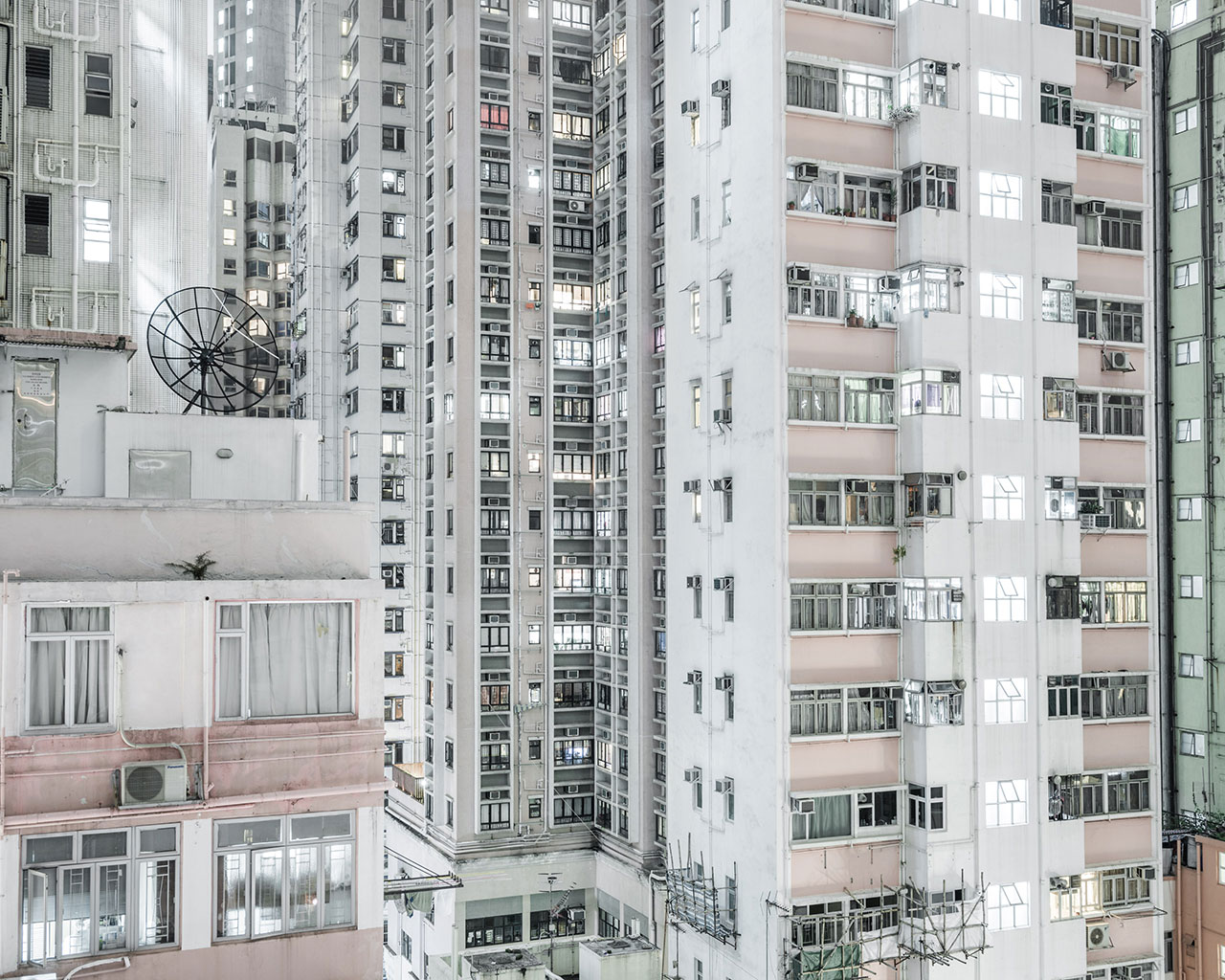
Bence Bakonyi, segue no. 30, 2013.
In Segue, the dichotomy that the artist explores is even more subtle. Walter Benjamin noted that, with Atget, photography begins to function as evidence in the historical prozess. Bakonyi manages to use his pictures as evidence of an equally tense esoteric prozess, in which they visualize a quest for continuity, for a sense of belonging in a strange place, while remaining foreign.
Another impressive aspect of Bakonyi’s work is his actual process. The artist would sometimes wait for hours for his frames to be drained of human presence. This process surely made for an ironic twist, since at the beginning of his journey he would go for hours before seeing people.
Greta Garbo is identified in popular culture with the phrase “I just want to be alone”. Later on, however, she would stress how she meant it rather differently than how it was perceived. She would note: “I never said, ‘I want to be alone.’ I only said, ‘I want to be let alone!’ There is all the difference.” Indeed there is. And it’s the exact difference to which Bakonyi’s work speaks.
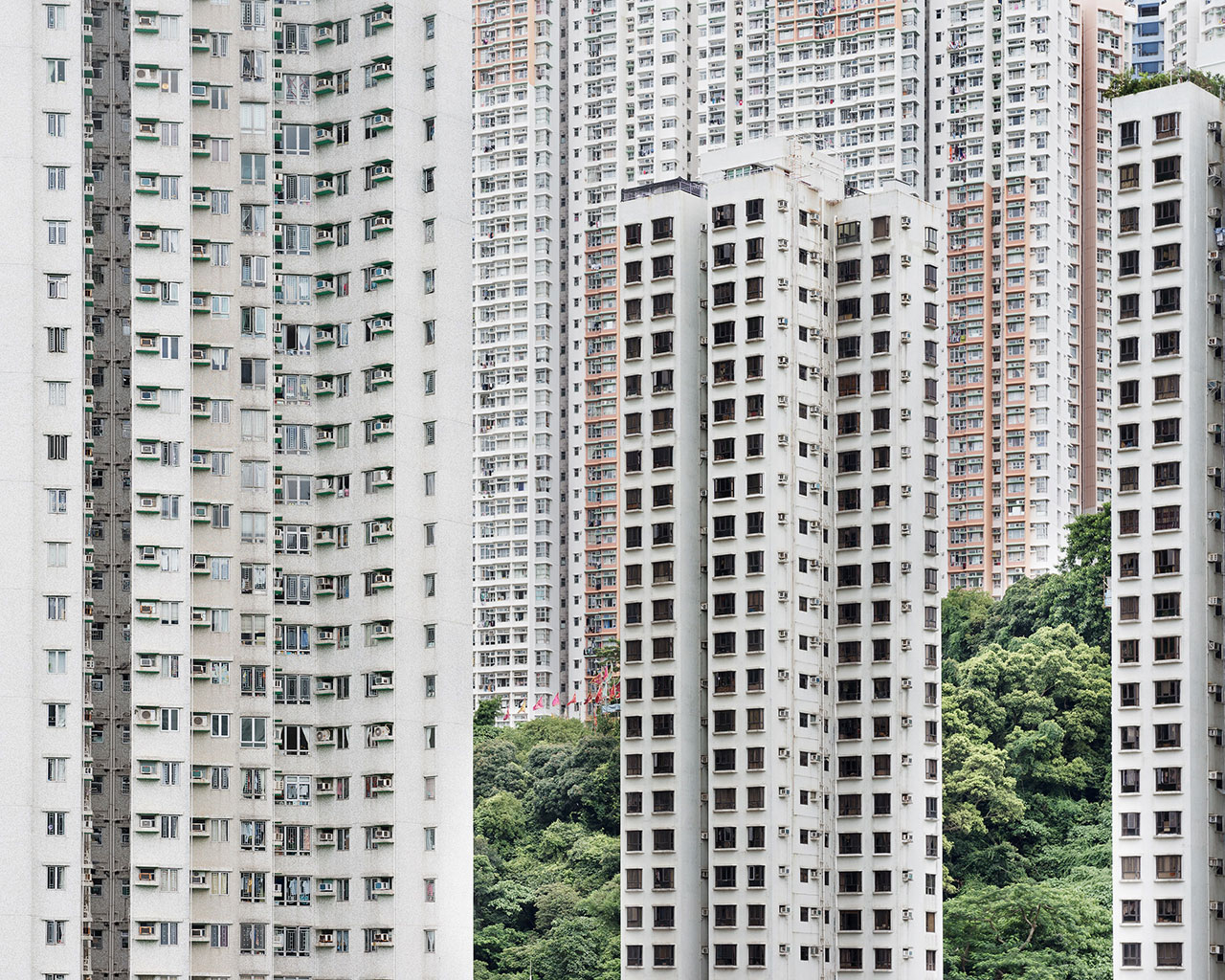
Bence Bakonyi, segue no. 31, 2013.
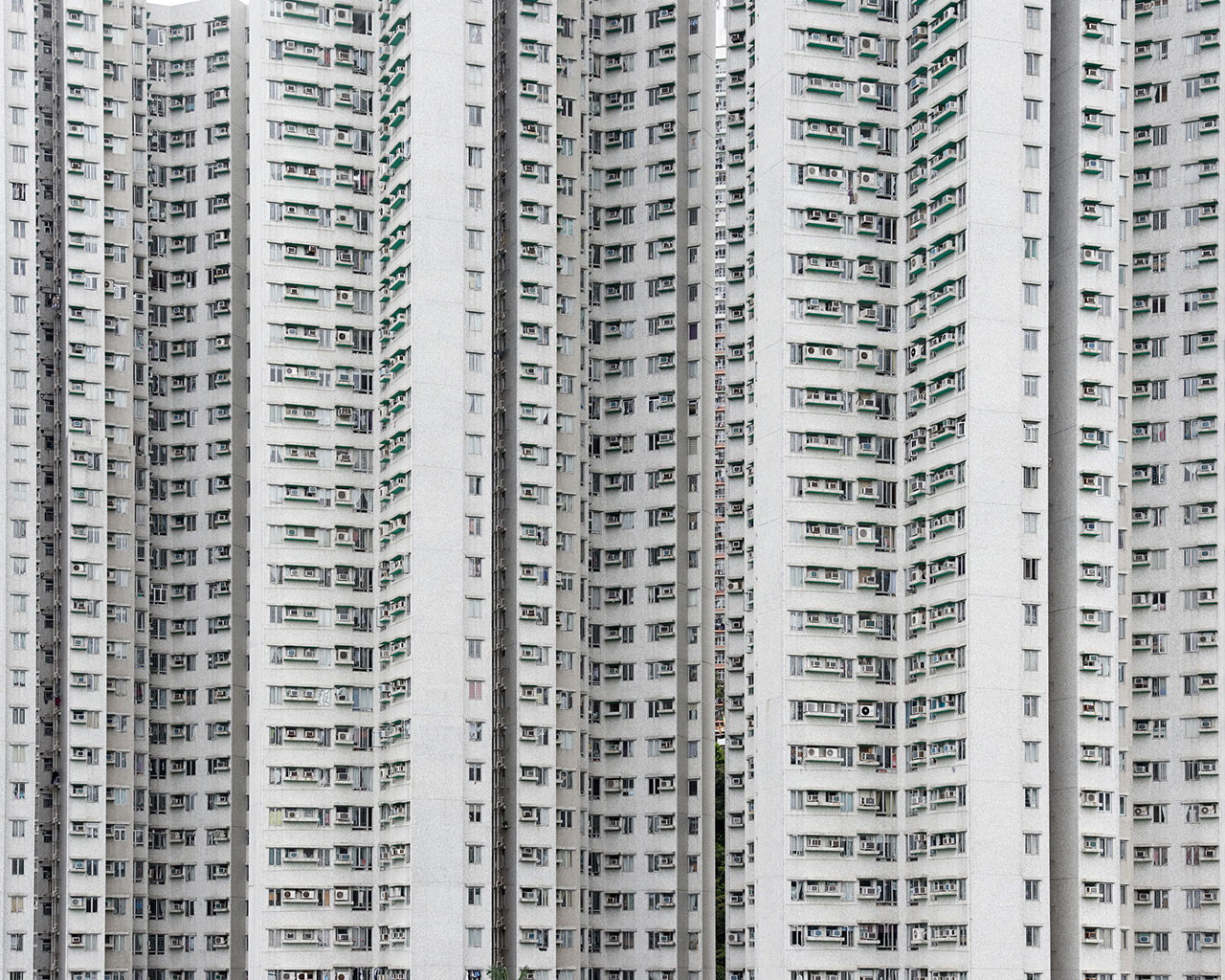
Bence Bakonyi, segue no. 37, 2013.















